Mozart in Vienna
The series about historical places of opera art. Get to know exciting excursion and travel ideas for opera lovers. This time: Mozart in Vienna.
All Destinations on google maps with links to detailed Blogposts:
Mozart in Wien
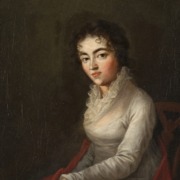
Mozart visited Vienna for the first time when he was six years old, on the occasion of his visit to Empress Maria Theresa and her husband Franz Joseph.
Later, Mozart spent 10 years in the Danube metropolis with interruptions. He arrived there in 1781 from Salzburg. His fate was changeable, the middle period was the happiest with artistic success and marriage to Konstanze, the last period was marked by personal crises (child deaths, illness) and economic depression, with the death of the art-loving Joseph II his fate had turned.
He wrote a considerable part of his works in his Viennese period and made music in and composed for various theaters. On December 5, 1791, shortly after midnight, Wolfgang Amadeus Mozart died in the “Kleines Kaiserhaus” in Rauhensteingasse in Vienna. The house no longer stands, but a memorial plaque on today’s building commemorates Mozart’s death.
TO THE COMPLETE MOZART BIOGRAPHY
To the travel guide VIENNA for classic and opera fans
Destination Mozart’s residence Domgasse 5
Like Beethoven, Mozart used to move frequently in Vienna. In Domgasse there is the only preserved apartment, where he lived from 1784-1787. The apartment is quite stately with seven rooms. The museum is on six floors, on the second floor is the apartment with partly original furnishings. He composed his “Figaro” here and wrote the “Little Night Music”.
Book a guided tour.http://www.mozarthausvienna.at
Destination Café Frauenhuber
Not far from Mozart’s death house is Café Frauenhuber on Himmelspfortengasse (= “heaven’s gate” – what a beautiful name!). It calls itself the oldest (continuously operated) coffee house in Vienna. Mozart and Beethoven made music in this building. An engraving by Salomon Kleiner from 1746 is in the house. It became a coffee house in 1824. A nice place for a coffee break.
The grumpy service is part of the experience of a real Viennese coffee house. So: Please don’t get angry, but enjoy it as an authentic Viennese experience.Café Frauenhuber:
https://www.cafefrauenhuber.at/index.php/de/
Destination Cemetery St. Marx
It is common knowledge that Mozart was ” disposed of” in a mass grave of the St. Marx cemetery, in a shaft grave according to the customs of the time (practically all Viennese received a 3rd class burial without a grave cross). The grave monument was erected on Mozart’s 100th birthday where the tomb is presumed to have been. In addition, Mozart also has a grave of honor in the Central Cemetery, which is located on the same streetcar line (in Vienna, die is also called, “to take the 71”, after the number of the streetcar line). The atmospheric St. Marx cemetery is enclosed between a highway triangle and Mozart is the only real “star dead”, nevertheless the visit is worthwhile.
https://www.wien.gv.at/umwelt/parks/anlagen/friedhof-st-marx.html
Mozart’s tomb in the cemetery St. Marx:
Destination Central Cemetery
Mozart is buried in the St. Marx cemetery, but there is a grave of honor in the Central Cemetery.
Mozart’s grave of honor in the Central Cemetery:
Destination Deutschordenshaus
The Deutschordenshaus was Mozart’s gateway to Vienna in 1781, where he lived for a few weeks. Mozart did not like the strict rules and Salzburg’s Archbishop Colloredo allegedly had him thrown out the door with “a kick in the ass”.
From 1863 to 1865, another famous personality, Johannes Brahms, lived on the top floor of the house.
The building has been the seat of the Catholic German Order since the 13th century. A commemorative plaque refers to Mozart’s stay.
Deutschordenshaus:
Destination “Theater an der Wien” and Papageno-Gate
The Theater an der Wien, on the left bank of the Wienzeile, was opened by Schikaneder in 1787 as a provisional venue and was the site of the first performance of The Magic Flute. Mozart began work on The Magic Flute in the spring of 1791, interrupting it in July to write La clemenza di Tito in a short time, and then completed The Magic Flute within a few weeks in September 1791. The premiere took place on September 30 in Schikaneder’s Theater auf der Wieden. His sister-in-law Josepha Hofer sang the Queen, Mozart conducted and Schikaneder played Papageno. “The Magic Flute” was a great success and was given twenty times in the same season. Mozart attended many performances in October and was pleased that after a long time he could again celebrate an audience success with a work. By November he was already ill in bed and he died on December 5. In 1801, the modern theater designed in the Empire style was opened after only 13 months of construction. On the Millöckergasse side, Schikaneder, as librettist, patron and Papageno of the premiere, created a monument to this opera with the Papageno Gate. It shows stone figures of a scene with Papageno, Tamino and the three boys and stands above the old entrance.
Find out about the high quality program!
Picture of the Theater an der Wien around 1920:
https://www.theater-wien.at/en/home
Destination Mozart monument
This monument in the castle garden is worth a closer look. On the front it depicts scenes from “Don Giovanni” and on the back we recognize Mozart’s father, Wolfgang and sister Nannerl as children. The monument was created in 1896, so the artist never got to see Mozart, Mozart was probably not as handsome as seen on the statue. Depending on the season, they also see beautiful flowers drawing a clef in the meadow in front of the statue.
The Mozart monument in the Burggarten:
Destination Orangery Schönbrunn
In February 1786, the Orangery was the venue of the great musical contest between Salieri and Mozart, ordered by the emperor himself. This place was the only heated room of the summer palace Schönbrunn. The Schönbrunn Orangery was heated by a hypocaust heating system. The warm air from ten heating chambers was distributed through channels in the floor, which were covered with iron plates. The floor was made of bricks, which stored the heat (source: Wikipedia). In winter, temperatures reached between 10 and 15 degrees Celsius, and 41 carriages set out with great spectacle to see a short opera each by Mozart and Salieri. Constance’s sister Aloysia, a former crush of Mozart’s, sang along, nevertheless subject to Mozart, the emperor’s sympathies belonged to Salieri.
Orangery Schönbrunn:
Destination Mirrors Room Schönbrunn (Spiegelsaal)
In this representation hall (or in the pink room) Mozart played to the emperors and the emperor.
Mirrors Room:
Posthumous painting of Mozart’s visit:
Destination Imperial Library (now National Library)
Here, in 1782, Mozart got to see scores of Bach’s and Handel’s music from the court librarian van Swieten, which had a not inconsiderable influence on his compositions. Today’s National Library still has an important collection of scores. A look at the library, centrally located in the Hofburg, is worthwhile, especially the State Hall is overwhelming. The dome is 20 meters high, magnificently decorated with frescoes. Four magnificent Venetian globes, each with a diameter of over one metre, provide the finishing touch to the heart of the Austrian National Library.
https://www.onb.ac.at/museen/prunksaal/
State hall of the National Library:
Musical Background: Mozart’s economic depression and his divine music of “Cosi fan tutte”
When Mozart began writing “Cosi fan tutte” at the end of 1789, he was economically down. His finances had been in bad shape for almost four years, without him having cut back on his lifestyle for any length of time. The desperate trips to Frankfurt of 1789 and 1790 did not help, so he wanted to write the opera in the shortest possible time in order to get money into his empty pockets quickly. He began work on the score in November 1789 and on New Year’s Eve showed excerpts from the opera to various friends (including Joseph Haydn, whose opinion Mozart held in high esteem) and on January 26, after only 2 months, the premiere took place. The reception of the Viennese public was friendly but lukewarm. Mozart remained dogged by bad luck, for shortly thereafter his patron Emperor Joseph II died and after the fifth performance, due to the decreed state mourning, performances ceased. That it was possible for Mozart to write such divine music as the heavenly “Soave sia il vento” in this personal crisis, borders on the inconceivable:
«Soave sia il vento» from «Cosi fan tutte» :
https://opera-inside.com/cosi-fan-tutte-by-wolfgang-amadeus-mozart-the-opera-guide/#Soave

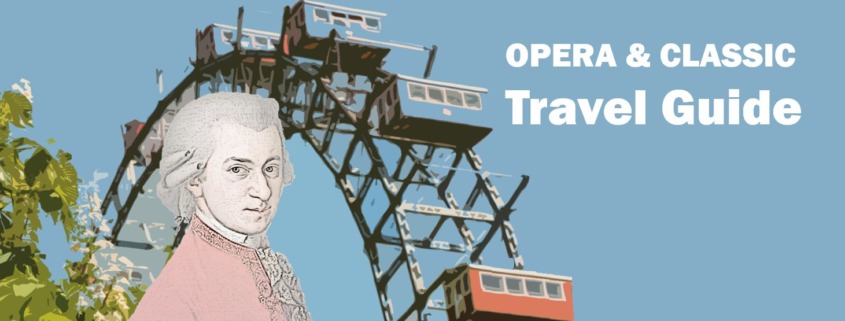
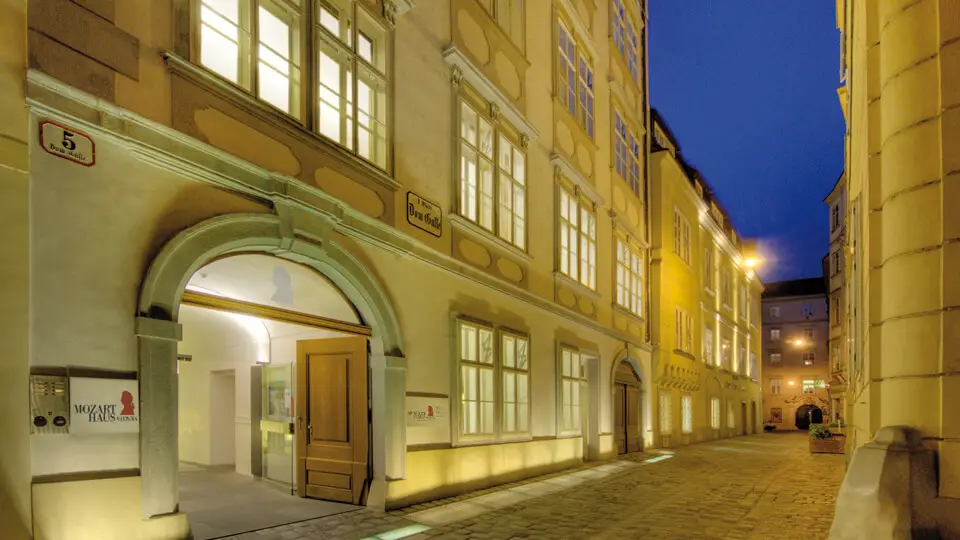
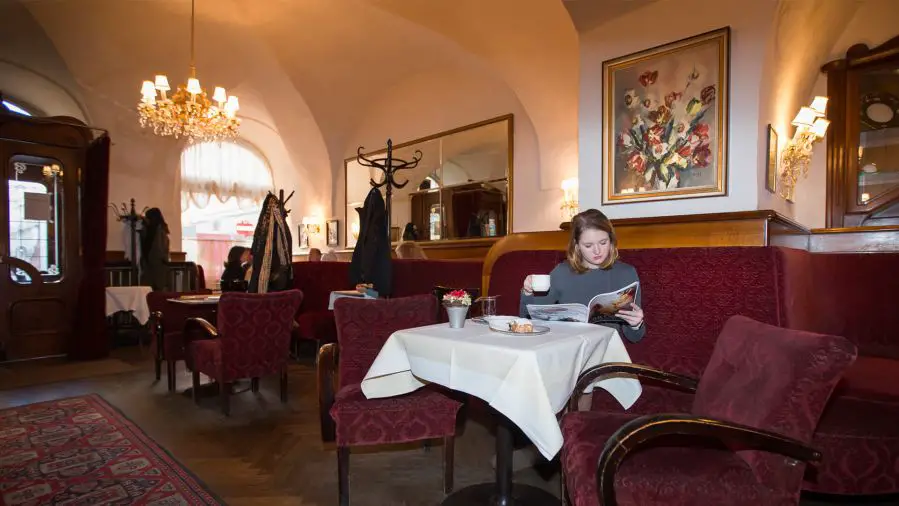
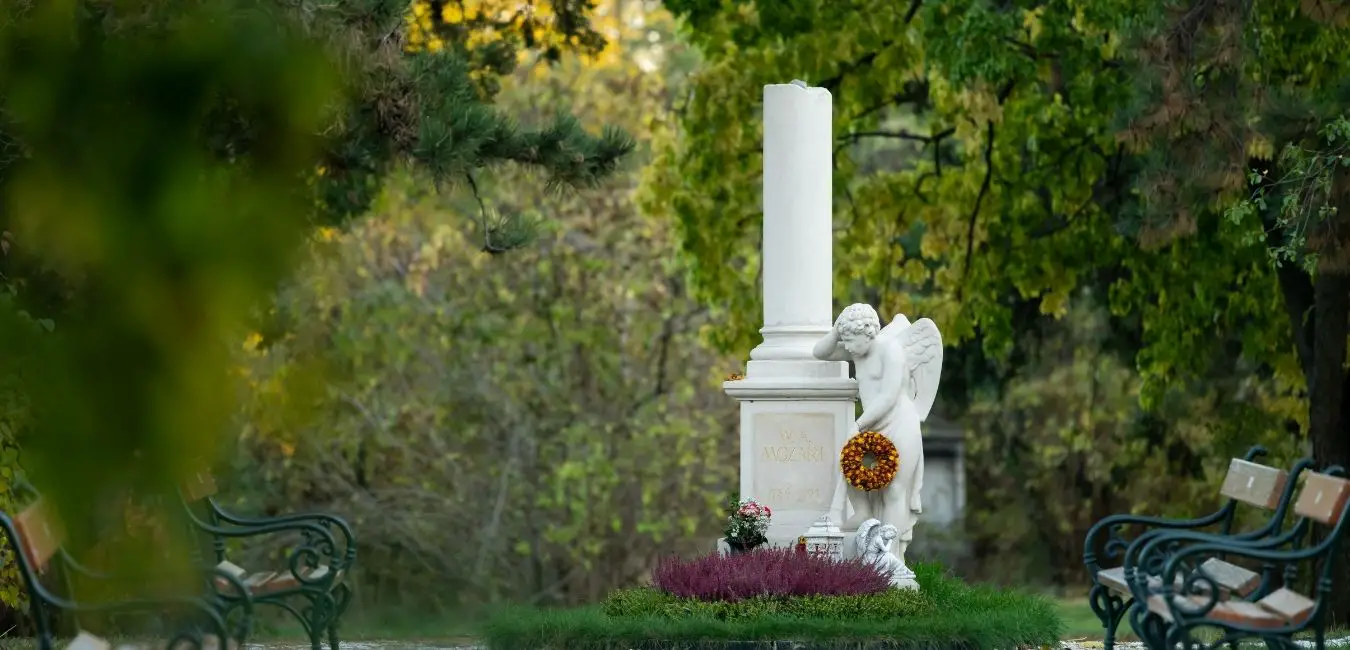
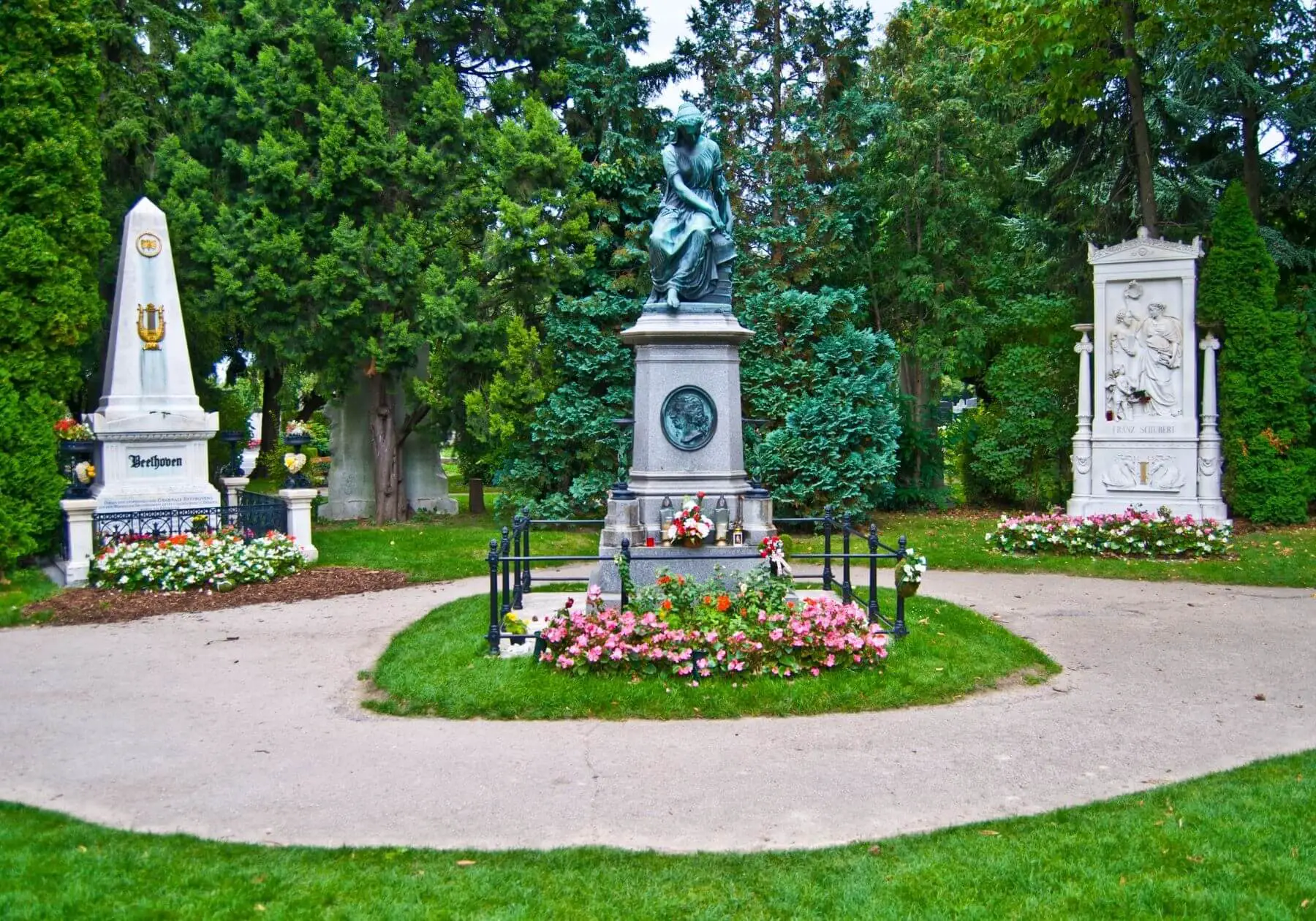
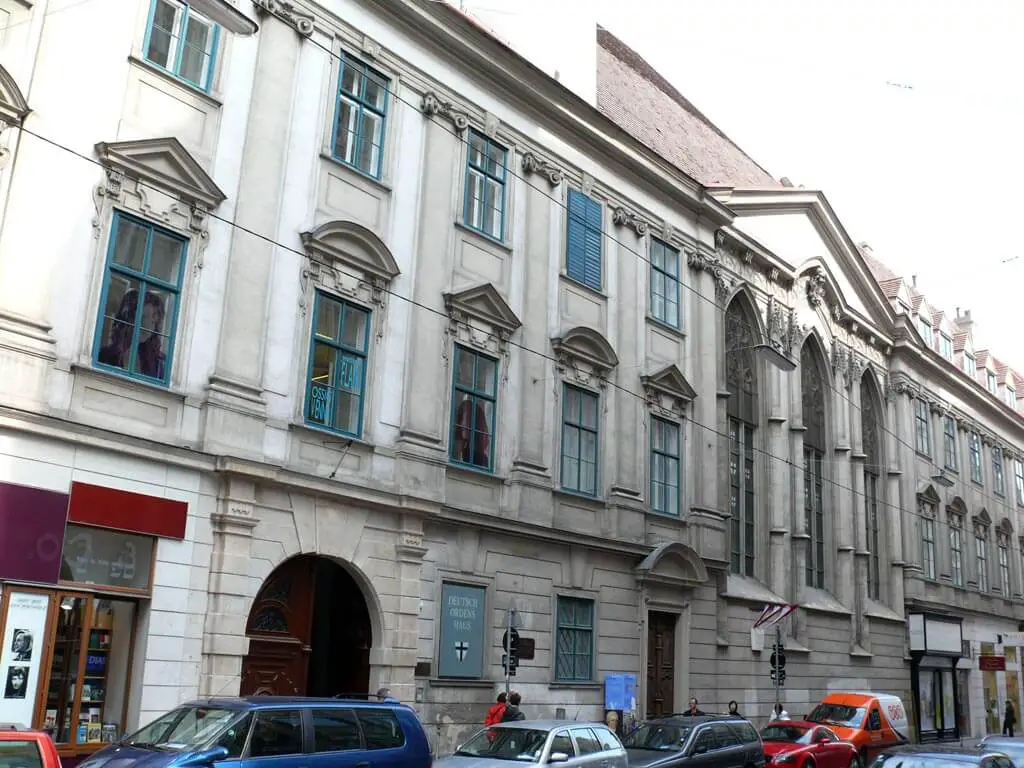
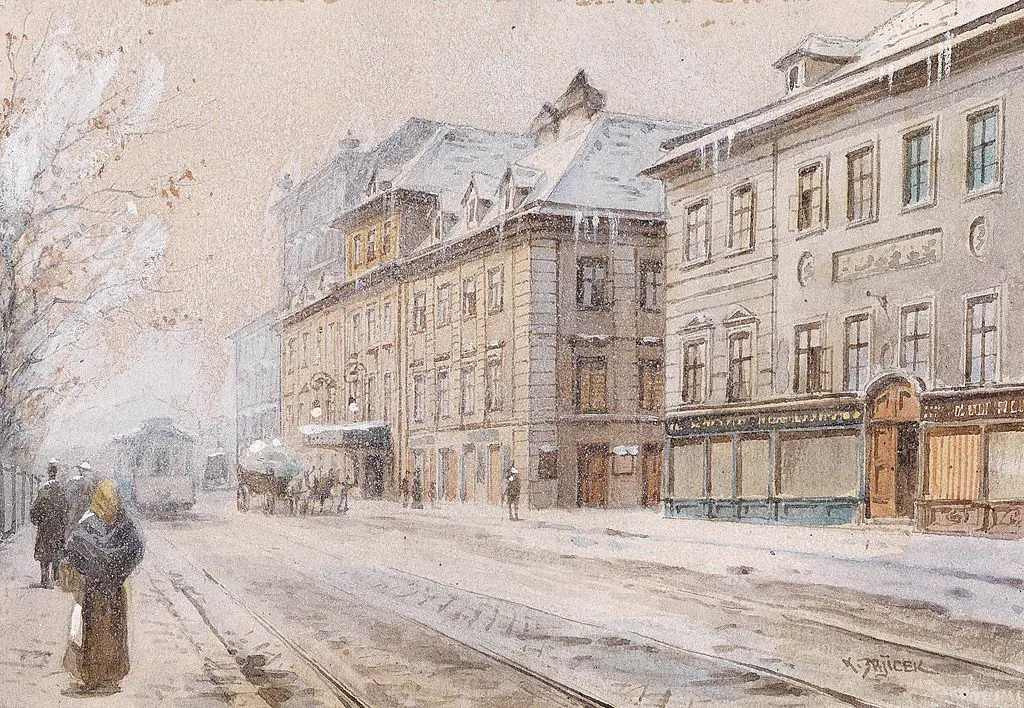
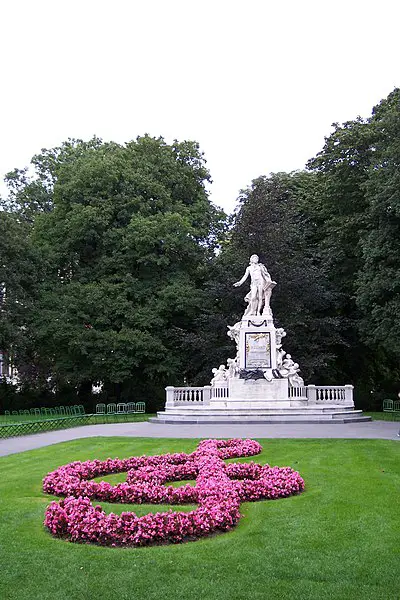
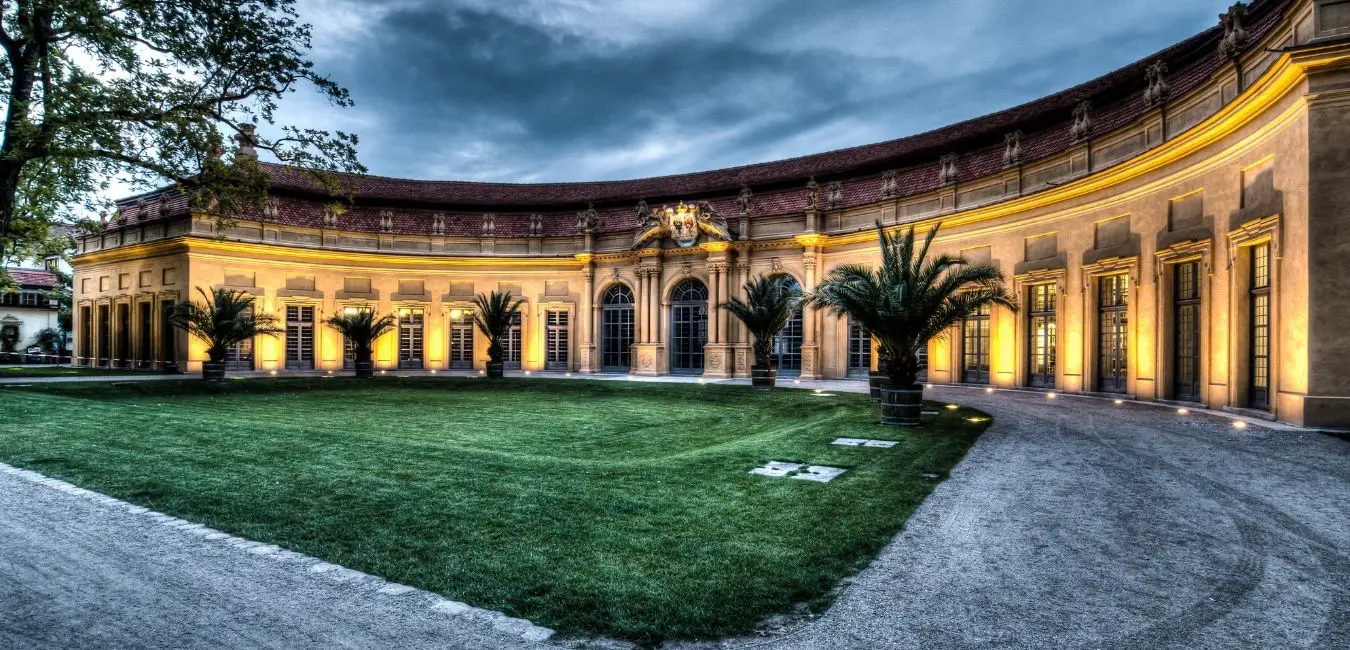
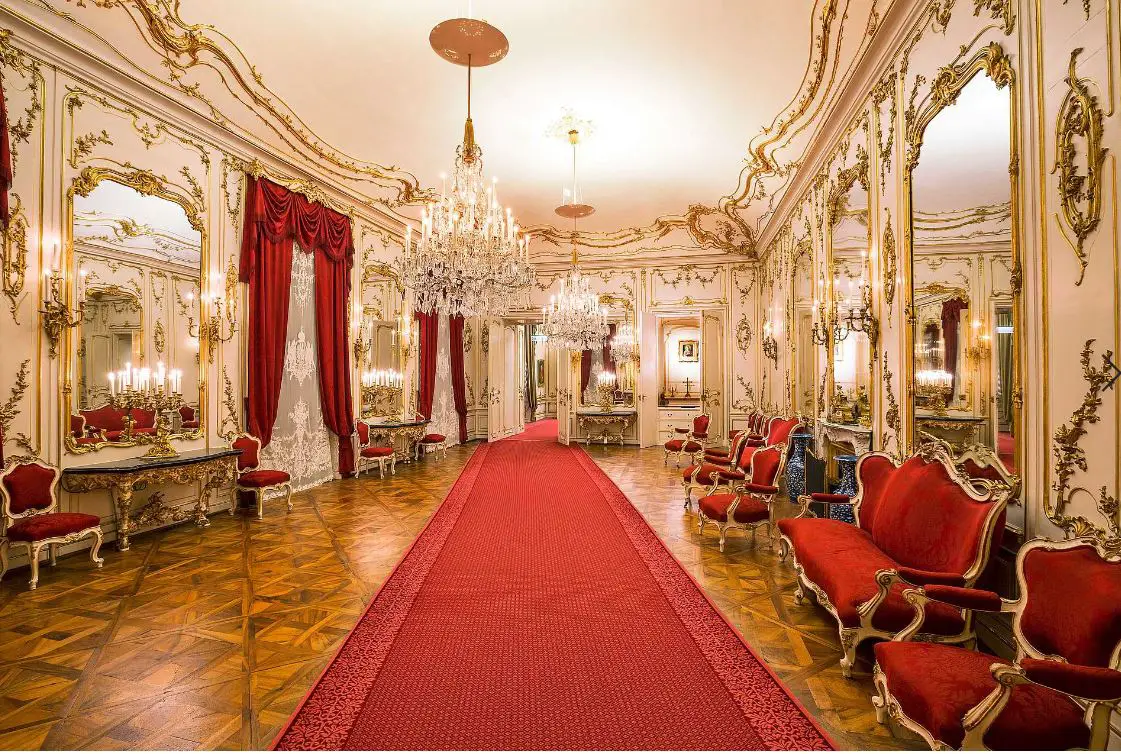
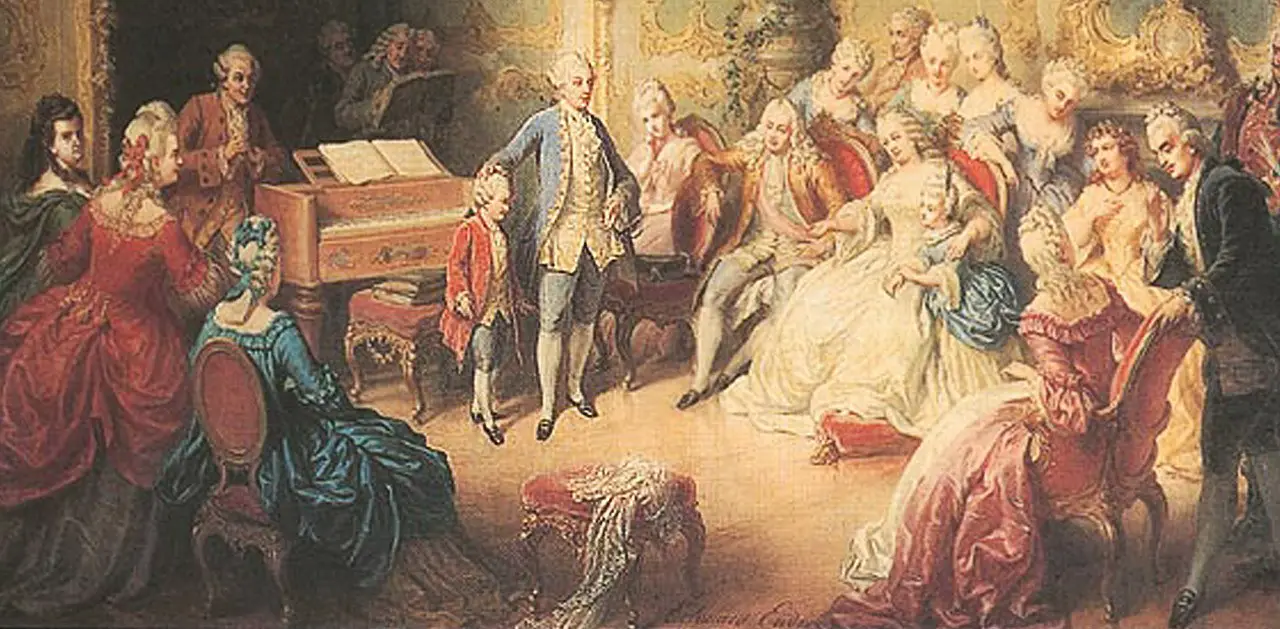
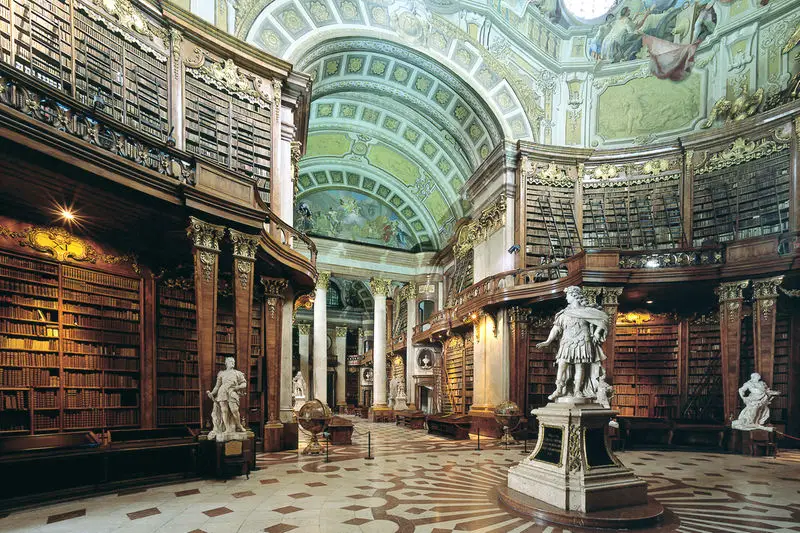


Leave a Reply
Want to join the discussion?Feel free to contribute!